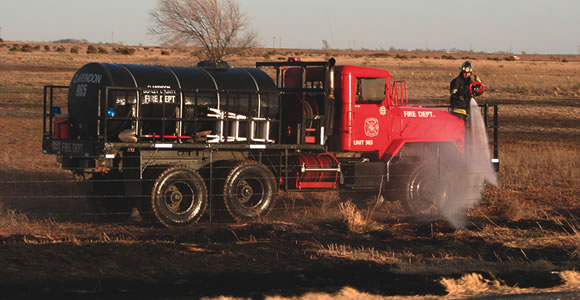By Roger Estlack, Clarendon Enterprise
Clarendon College officials outlined ambitious plans for growth last week with a focus on new and expanded workforce programs in Clarendon and Pampa and a possible move into the Amarillo market.
During the Board of Regents meeting last Thursday, President Phil Shirley said CC was “endeavoring to turn every stone” to find new ways to grow enrollment.
A proposal to offer cosmetology courses in Amarillo drew the most discussion from regents as it marks the first time CC would venture into Amarillo College’s territory. Board Chairman John Howard said the move is a big step for the college, but he also said it is an opportunity.
College officials estimate as many as 70 students could enroll in an Amarillo cosmetology program, and they say CC’s cost for the program would be about half what two private schools are charging. Money generated by the program could be used to grow the Clarendon campus.
State guidelines prohibit community colleges from crossing into another college’s territory without permission, but Amarillo College has given Clarendon its blessing for cosmetology and also welcomed CC to offer welding classes in the state correctional facility there.
CC currently offers cosmetology in Pampa and Childress, and the demand for classes is on the upswing across the region. CC Vice President of Off Campus Affairs and Dean of Workforce Development Ray Jaramillo said South Plains College in Levelland is about to double its cosmetology program and said Frank Phillips College in Borger has started cosmetology classes in Hereford and will be moving into Dumas.
“If we don’t do this [in Amarillo], Frank Phillips will,” Jaramillo said.
The board approved a motion to allow a three-member committee – Shirley along with Regents Jerry Woodard and Bill Sansing – to find a suitable building for an Amarillo cosmetology program and enter into a contract for such property with the board having final approval.
The Amarillo expansion is not the only thing CC is considering.
“This is not exclusive,” Shirley told the board. “We don’t want to turn a blind eye to Clarendon. This is part of the mix of growing enrollment.”
Howard said the college needs to maintain a focus on the mission of teaching basic classes like math, science, and English, and Woodard said the college needs to expand its offerings in Clarendon and add facilities here.
The president later gave a PowerPoint presentation with a plethora of ideas for growing enrollment in Clarendon and at campuses in Pampa and Childress.
The presentation focused on recruitment, retention, and development of new programs. Shirley said vocational nursing, welding, and wind energy classes could return to Clarendon, and he said the college needs to explore other opportunities for the home campus such as barber school and a culinary arts program focused on Southwest Cuisine.
The college also needs more afternoon and night classes and must revitalize its fine arts classes, he said. New nine-month or one- or two-year programs could also help fill dormitories in Clarendon.
Woodard complimented the plan and asked that a copy of the presentation be sent to each board member. He also asked for a follow up to be done in 90 to 120 days.
In a separate report, Jaramillo said it was possible that HVAC and welding classes might be offered in Clarendon this fall, and he said the college is working with Halliburton to develop a CDL class in Pampa. Halliburton would provide two trucks for the program and guarantee 90 students per year from their company.
Jaramillo said the Clement Unit has already purchased equipment for CC to offer welding in the Amarillo correctional facility.
Dean of Instruction Patricia Westergaard also presented a faculty self-study focused on retention, and Dean of Students Tex Buckhaults said his department is also working on a retention study from the student services side.
In other business, regents accepted resignations from Bill Huey, Annis Stavenhagen, and Amanda Askew; approved a bid from Faith Fencing for a fence between the Livestock & Equine Center and a neighboring property; and learned about a proposal to put security cameras in college dorms and parking lots and as well as install swipe card entry systems in the dorms.






Reader Comments